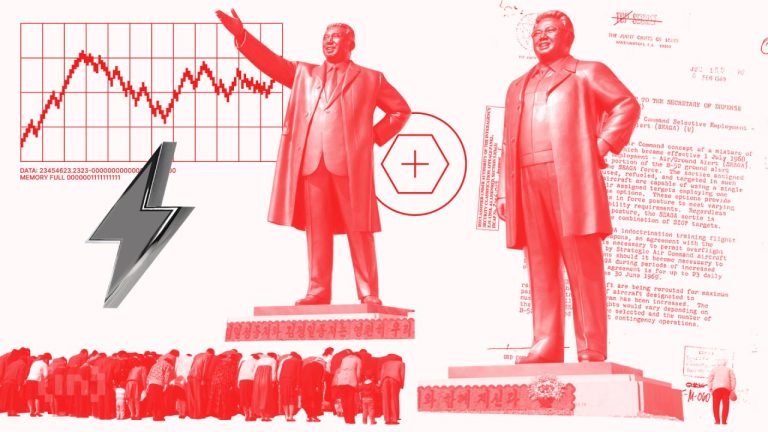
The Rapid Growth of E-commerce

In recent years, e-commerce has exploded in popularity, driven by advancements in technology and shifting consumer behaviors. From its humble beginnings in the 1990s with simple online catalogs, e-commerce has become a multi-trillion dollar industry that lets consumers shop from the comfort of their homes. By 2025, the growth trajectory is expected to continue with further innovations altering the shopping landscape.
According to recent reports, e-commerce sales continue to surge, projected to reach over $9 trillion by the year 2025. This growth is not merely a result of growing internet access or rising economic standards; rather, it reflects unprecedented shifts in consumer preferences, technological advances, and responses to global challenges such as the COVID-19 pandemic.
Technological Advancements Shaping E-commerce

As we head towards 2025, several technological advancements are poised to significantly influence e-commerce. Key amongst these are:
- Artificial Intelligence (AI): As e-commerce businesses increasingly leverage AI, platforms are becoming smarter, enhancing the personalization of the shopping experience. Parameters that determine consumer preferences and offer recommendations are now more refined than ever.
- Augmented and Virtual Reality (AR/VR): By 2025, AR and VR are expected to play pivotal roles, providing immersive shopping experiences where consumers can try on products or visualize them in their home environments. This helps not only to mitigate purchase anxiety but also enhances engagement.
- Blockchain Technology: With rising concerns over privacy and security in e-commerce, blockchain offers innovative solutions to create keep track of transactions, thus reducing fraud. It enhances consumer trust and makes traced buying easier.
- Voice Commerce: As voice-activated devices become more prevalent, voice commerce is poised to rise. Future e-commerce avenues via smart speakers may lift the burden of mobile and traditional websites by prioritizing simplicity and responsiveness.
Consumer Behavior and Expectations

The 2025 e-commerce environment will also be heavily dictated by evolving consumer behavior and expectations. Shoppers are becoming increasingly conscious of their needs and thus oriatting towards brands that align with their values.
Sustainability will be at the forefront of consumer decisions, with more people seeking to buy from companies offering eco-friendly products and packaging. Convenient delivery options such as drones and autonomous vehicles may allow delivery times to shrink to just a matter of hours for products ordered online.
Brand engagement will also focus more on community. By 2025, we may see more brands investing in fostering authentic relationships with their consumers, enhancing customer loyalty through interactive online engagements and emergency product updates or recalls if released nominally. This direct connection will be more important than ever.
The Role of Mobilization in E-commerce

As we move towards 2025, grime enhancements in mobile technology will continue shaping e-commerce practices. Mobile platforms will increasingly receive priorities due to the growing reliance on smartphones for basic internet access among consumers globally.
Mobile apps that streamline the purchasing process continue to evolve. Expect to see increased integration with rudimentary data such as accessing past purchase information and initiating loyalty rewards—which, by 2025, will enhance the customer-centric brand-experience.
Moreover, mobile payments supported through digital wallets will surge as secure alternatives to traditional cash or manual card swipes, simplifying the purchasing process. This frictionless transition is vital which respondents are gravitating towards prompt and safe online transactions.
Conclusion: Preparing for a Bright Future

In anticipation of the coming years, both emerging brands and established players meet these shifts with newer investment trends, brand loyalty programs, and e-commerce optimizations that enhance customer interactions and drive revenue overall. Recognizing this pivotal place of digital commerce due with available tech integration, brands could leverage competitively busy markets in alleviating physical realities amidst shelter-in-place scenarios and more dynamic e-commerce preferences aiming for peak accessibility through piled operational fronts.
ե



